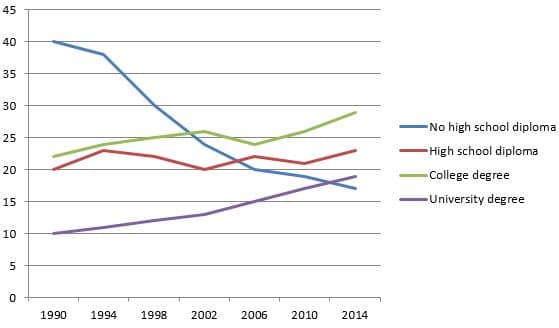There is about the same amount of time available to prepare answers as there is to speak. You have 20 minutes to complete the test.
Notes can be made to help prepare answers.
Section 1
Section 2
EXAMPLE 1
Answer: I live in London next to Hyde Park.
EXAMPLE 2
Answer: It’s warm and sunny.
Section 3
EXAMPLE 1
You walk up to the pharmacist.
Talk to the pharmacist:
- Ask for help.
- Explain the problem.
- Ask for advice.
Answer: Hello, could you help me please? I’m not feeling very well. Last night I started to feel hot and I woke up this morning with a fever and a headache. What do you think I should do? Do you have any medicine for a fever?
EXAMPLE 2
You have forgotten to bring a present. Your friend says ‘Hello’.
What do you say?
- Congratulate your friend.
- Apologise.
- Explain why.
Answer: Hi Julie. Happy birthday! I’m really sorry but I’ve forgotten to bring your present. I bought a present for you, but earlier today, I went to visit my sister and I left it at her house. I’ll give it to you next week.
Section 4
EXAMPLE
Answer: I think that learning a musical instrument is more difficult because you have to learn and practise a lot just to play a simple song. When you start learning a sport it doesn’t take long to be able to play, even if you’re not very good. Although you need a high level of skill to play professionally, most people just want to have fun. For example, after an hour or so, most people can play football or hit a tennis ball to each other. However, if you want to play a simple song on the guitar or piano it takes longer to learn where the notes are on the instrument and how to play it. Another reason why it’s harder is that you have to learn to read music.
Section 5
EXAMPLE
- What is the situation shown in the graph/chart/diagram?
- Why is this happening?
- What do you think will happen in the future?
Level of education in adults over 15 in Canada (in %)
